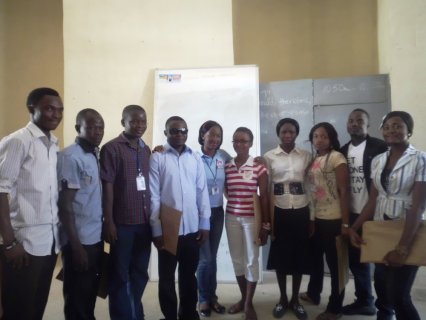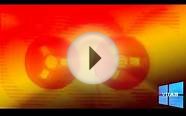
Channels of mass Communication
How does mass communication function differently than interpersonal communication? Do we have relationships with media like we have relationships with people? To answer these questions, we can look at some of the characteristics and functions of mass communication. One key characteristic of mass communication is its ability to overcome the physical limitations present in face-to-face communication. The human voice can only travel so far, and buildings and objects limit the amount of people we can communicate with at any time. While one person can engage in public speaking and reach one hundred thousand or so people in one of the world’s largest stadiums, it would be impossible for one person to reach millions without technology.
Another key characteristic of mass communication in relation to other forms of communication is its lack of sensory richness. In short, mass communication draws on fewer sensory channels than face-to-face communication. While smell, taste, and touch can add context to a conversation over a romantic dinner, our interaction with mass media messages rely almost exclusively on sight and sound. Because of this lack of immediacy, mass media messages are also typically more impersonal than face-to-face messages. Actually being in the audience while a musician is performing is different from watching or listening at home. Last, mass media messages involve less interactivity and more delayed feedback than other messages. The majority of messages sent through mass media channels are one way. We don’t have a way to influence an episode of The Walking Dead as we watch it. We could send messages to the show’s producers and hope our feedback is received, or we could yell at the television, but neither is likely to influence the people responsible for sending the message. Although there are some features of communication that are lost when it becomes electronically mediated, mass communication also serves many functions that we have come to depend on and expect.
Functions of Mass Media
You might also like






|
Photo 060920-N-4515N-066 (Sept. 20, 2006)Retired US Navy (USN) CMDR. Terry Deitz (left) of the History Channel is briefed on flight operation procedures of USN F-14D Tomcat aircraft by USN LT. Paul Dort, a radar intercept officer with Fighter Squadron 31 (VT-31), at Naval Air Station Oceana, Virginia (VA). The History Channel is documenting the last flight of the F-14 Tomcats.(U.S. Navy photo by Mass Communication SPECIALIST SEAMAN Recruit Joshua Nuzzo) (Released), 09/20/2006 Home
|






